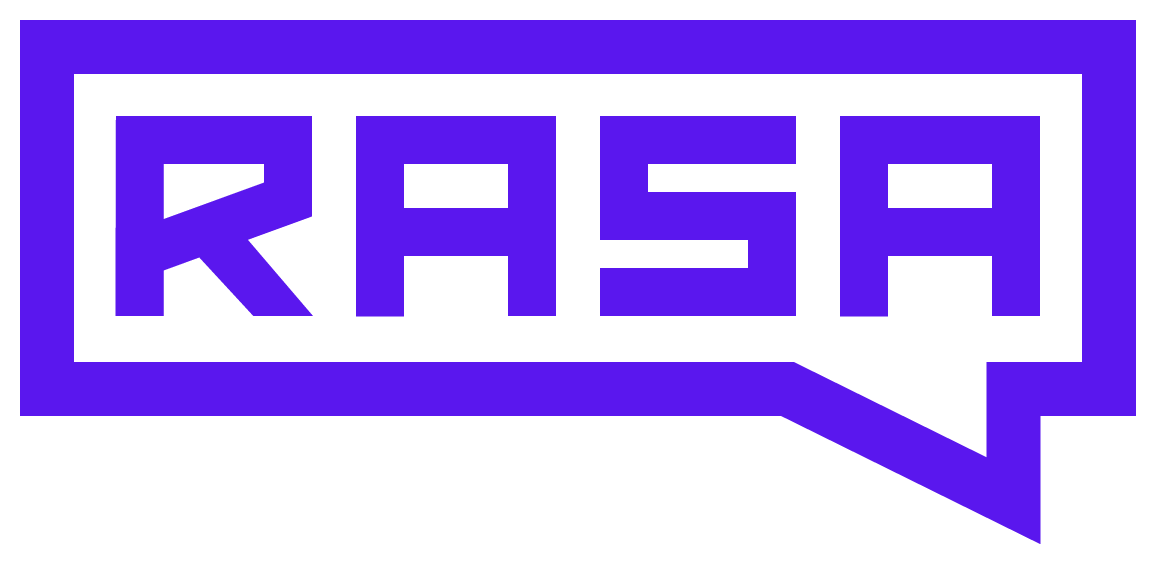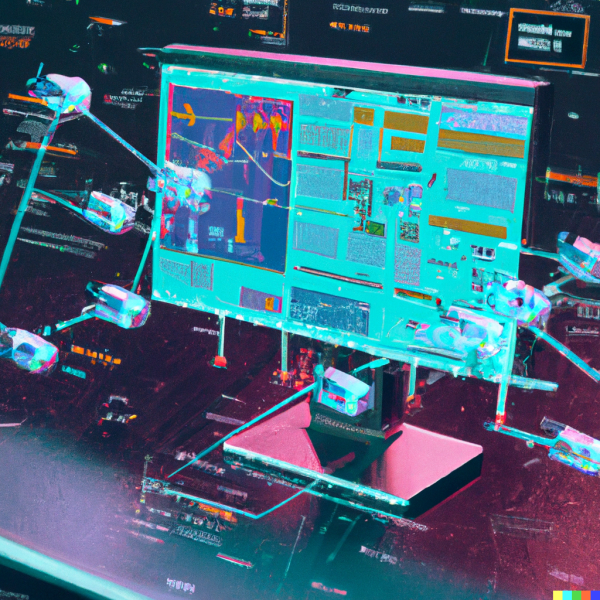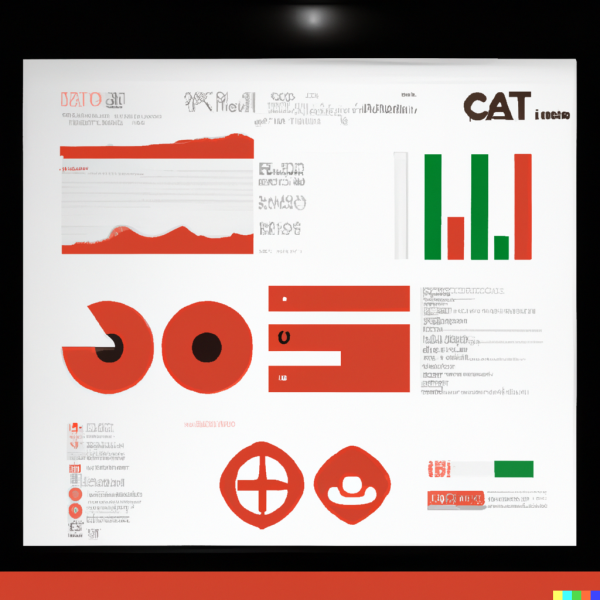Building chatbots has become increasingly popular in recent years, as more and more businesses and organizations look for ways to automate customer interactions and improve the user experience. The Rasa framework is an open-source tool that makes it easy to develop chatbots with advanced natural language processing (NLP) and natural language understanding (NLU) capabilities.
Rasa is built on the concept of "conversational AI," which is the idea that chatbots should be able to hold natural, human-like conversations with users. This is a significant departure from the traditional model of chatbots, which are often limited to simple responses based on keywords and pre-defined rules. With Rasa, developers can create chatbots that can understand the full context of a conversation and provide appropriate responses in real-time.
One of the key features of the Rasa framework is its modular design. The framework consists of two main components: Rasa NLU and Rasa Core. Rasa NLU is responsible for natural language understanding, which means it can parse and interpret user inputs to identify the intent behind them. Rasa Core, on the other hand, handles the conversation flow and logic, allowing the chatbot to hold a natural conversation with the user.
Using these two components together, developers can create sophisticated chatbots that can understand and respond to a wide range of user inputs. The Rasa framework also includes a number of pre-built components and tools that make it easy to customize and fine-tune your chatbot's behavior. For example, you can use the Rasa training data API to quickly and easily train your chatbot on a large dataset of conversational examples.
Another advantage of the Rasa framework is its flexibility. It can be used to develop chatbots for a wide range of applications and platforms, including messaging apps, web applications, and voice assistants like Amazon Alexa and Google Assistant. This means you can build a chatbot that can interact with users on their preferred platform, improving the user experience and making it easier for people to get the information they need.
Example Rasa Chatbots
An example of a chatbot built using Rasa might be a virtual assistant for a hotel booking website. The chatbot could be trained to understand user intents related to booking a hotel room, such as checking availability, making a reservation, and canceling a reservation. It could also be trained to recognize entities such as the location, dates, and number of guests for a reservation.
When a user interacts with the chatbot, it would use Rasa NLU to identify the intent and entities present in the user's message. For example, if the user asks "Is there a room available at the Hilton in New York on December 15th?", the chatbot would use Rasa NLU to recognize the intent of checking availability and the entities of the hotel, location, and dates.
The chatbot would then use Rasa Core to determine how to respond to the user's message. In this case, it might use the information about the hotel, location, and dates to check the availability of rooms at the Hilton in New York on the specified date, and then provide the user with the appropriate response. The chatbot could also handle follow-up questions and requests from the user, such as providing more information about the rooms or asking for the user's contact details to complete the booking.
Another example of a chatbot built using Rasa might be a virtual assistant for a retail website. The chatbot could be trained to understand user intents related to online shopping, such as browsing and searching for products, adding items to a shopping cart, and checking out. It could also be trained to recognize entities such as the product name, category, and price.
When a user interacts with the chatbot, it would use Rasa NLU to identify the intent and entities present in the user's message. For example, if the user asks "Do you have any laptops on sale?", the chatbot would use Rasa NLU to recognize the intent of searching for products and the entity of the product category.
The chatbot would then use Rasa Core to determine how to respond to the user's message. In this case, it might use the information about the product category to search the website for laptops that are on sale, and then provide the user with a list of available products and their prices. The chatbot could also handle follow-up questions and requests from the user, such as providing more information about a specific product or asking for the user's shipping and payment details to complete the purchase.
An example of a chatbot built using Rasa for a credit union might be a virtual assistant for managing accounts and transactions. The chatbot could be trained to understand user intents related to banking, such as checking account balances, transferring money, and paying bills. It could also be trained to recognize entities such as the account number, transaction amount, and payee.
When a user interacts with the chatbot, it would use Rasa NLU to identify the intent and entities present in the user's message. For example, if the user asks "How much is in my savings account?", the chatbot would use Rasa NLU to recognize the intent of checking an account balance and the entity of the account number.
The chatbot would then use Rasa Core to determine how to respond to the user's message. In this case, it might use the information about the account number to look up the current balance in the user's savings account, and then provide the user with the appropriate response. The chatbot could also handle follow-up questions and requests from the user, such as transferring money to another account or providing a list of recent transactions.
Steps for Creating a Rasa Bot
The steps for creating a chatbot using Rasa would typically involve the following:
- Collect and annotate training data: This involves creating a set of example conversations that the chatbot will use to learn from. Each conversation should include examples of the different intents and entities that the chatbot should be able to recognize.
- Train a natural language understanding model: The next step is to use Rasa NLU to train a model on the annotated training data. This model will be used to identify the intent and entities present in user input.
- Define the conversation flow: Using Rasa Core, the developer can then define the conversation flow for the chatbot. This involves creating a set of rules that specify how the chatbot should respond to different types of user input.
- Train a dialogue management model: Once the conversation flow has been defined, Rasa Core can be used to train a model that can make predictions about how the chatbot should respond to user input in real-time.
- Test and improve the chatbot: Finally, the chatbot can be tested and fine-tuned to improve its performance. This may involve gathering more training data and retraining the models, as well as making adjustments to the conversation flow to improve the chatbot's ability to handle different types of user input.
In conclusion, the Rasa framework is a powerful tool for building advanced conversational AI chatbots. Its modular design and flexible architecture make it easy to develop and customize chatbots for a variety of applications and platforms. Whether you're a business looking to automate customer interactions or a developer interested in building the next generation of conversational AI, Rasa is worth exploring.




